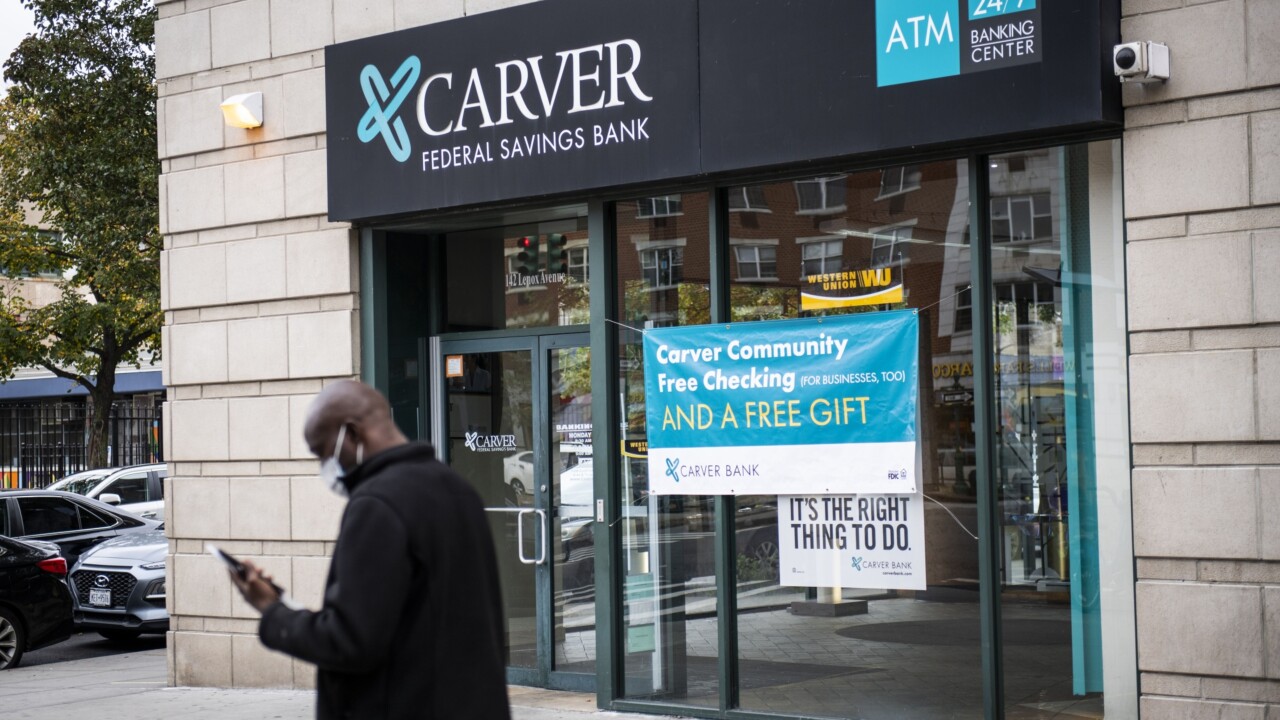The Federal Deposit Insurance Corp. is testing to see if banks would be better supervised by a single examiner in charge of all exam scheduling and coordination.
It's an approach with which many credit unions are already familiar. An FDIC representative said some 5,300 banking institutions could eventually be examined by a "Relationship Manager" who would be "dedicated" to the institutions should a program in which "a few hundred" banks are now participating shows good results.
The program is being tested in each of the six regions the FDIC covers and banks "small and large, rural and urban," are taking part, the spokesperson said.
About 10 of the bigger banks in the country were excluded because they already have teams of dedicated examiners.
"We got some initial pilot results, but we are still considering whether to make it permanent," said the FDIC spokesperson. There is not a deadline.
"We are not sure if that will save costs or not. It has a potential to be a more seamless supervision, to be more user friendly. Examiners will have a more consolidated knowledge base on an institution," the representative said.
Brian Knight, vice president of regulatory affairs at the National Association of State Credit Union Supervisors (NASCUS), noted that many credit unions are already supervised by just one examiner.
"On the state side programs vary from state to state ... it will all depend on the size of the institution," he said.
Under the state charter the average credit union size is $58 million and a majority are under $100 million, he pointed out.
But the decision on whether to send a number of examiners to a credit union isn't dependent upon specific asset size, he said. "That depends on the state, on the rating of the credit union, or if anything raises a concern," he said.
The View From Texas
Harold Feeney, credit union commissioner in Texas, said that in his state the number of examiners for a credit union depends mostly on size.
"The type of transactions, the type of risk" may also influence the number of examiners to be sent. It could be relatively large," he said.
He said that credit unions in Texas are normally smaller than the national average. "A majority of ours are less than $20 million. Once they get bigger than $20 million there is a chance that there may be more than one examiner."
After the second or third year examiners rotate, he said.
Putting a policy in place to assign one dedicated examiner per institution is unlikely, he said.
"I'm not sure that we will get to a situation where we will have one examiner for a credit union. I think that we will want to maintain our flexibility to allocate our resources based on the risk to the institution," he said.
Alan Peppers, CEO of the $564-million, DPS Credit Union, Denver, which was organized 70 years ago to serve public school employees in Denver, said that he normally receives a team of "three to four" examiners.
"Having been examined regularly for 25 years I can't imagine" being examined by a single, dedicated examiner, he said.
Peppers, 52, will soon run a $714-million in assets union if plans to merge with smaller Safeway Rocky Mountain Federal CU, also from Denver, are approved.
"This year there will be a team of state examiners, usually three to four, and one from the federal. A joint examination," Peppers said.
Cheri Umbel, a spokesperson for NCUA, said that in the case of the federal agency there are district examiners assigned to specific credit unions.
"The supervisory examiner has eight to 10 examiners that are assigned to specific districts. They usually stay in those districts for three to four exam cycles," Umbel said.
Efforts to supervise federally chartered unions are "evolving constantly" to improve, she added.
Only recently the NCUA "developed a program that includes specialized examiners trained to deal with specific issues, such as capital markets, consumer compliance, specialized lending, small credit unions, record keeping, internal controls, payment systems, information systems and technology," she said.





